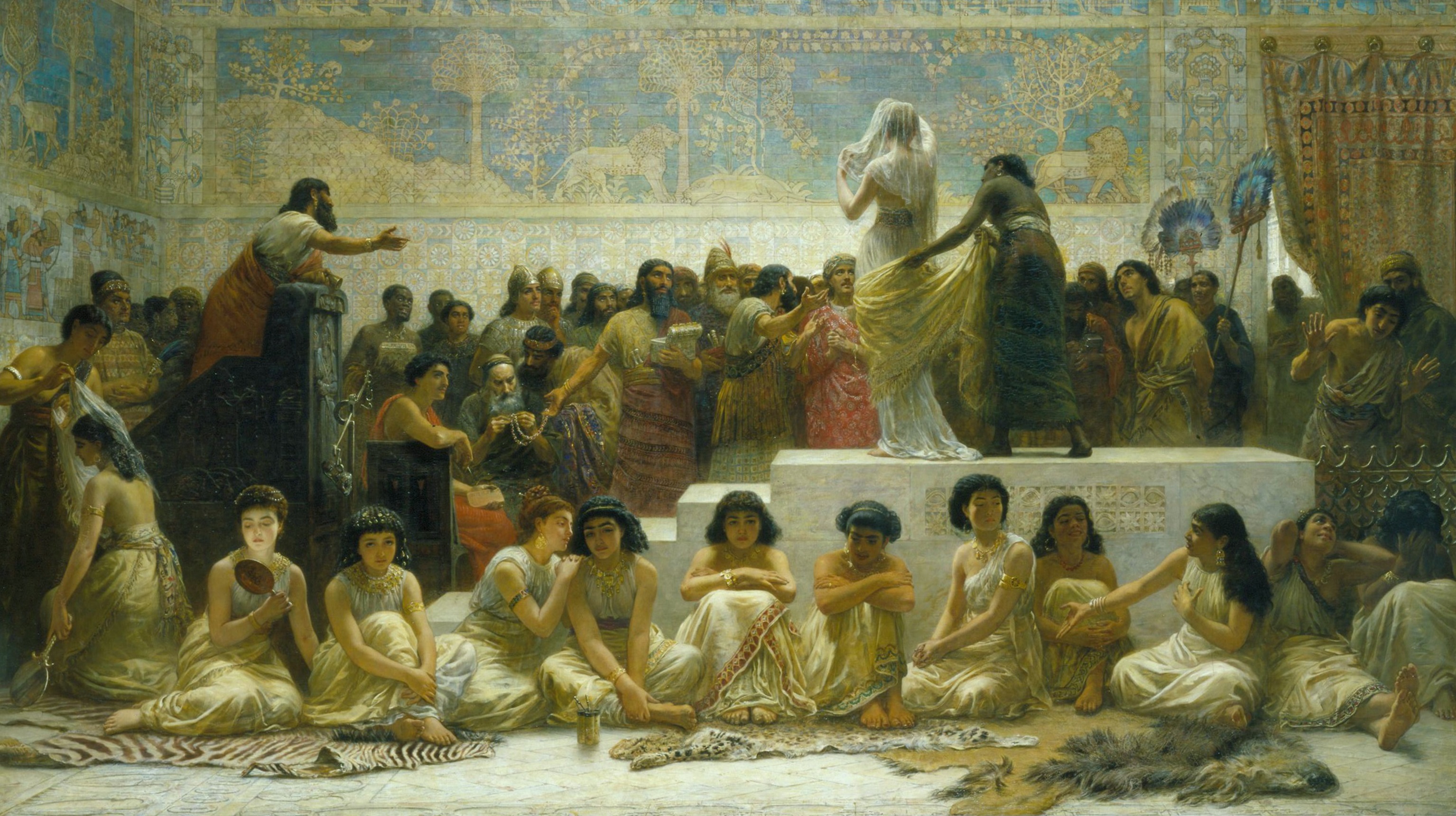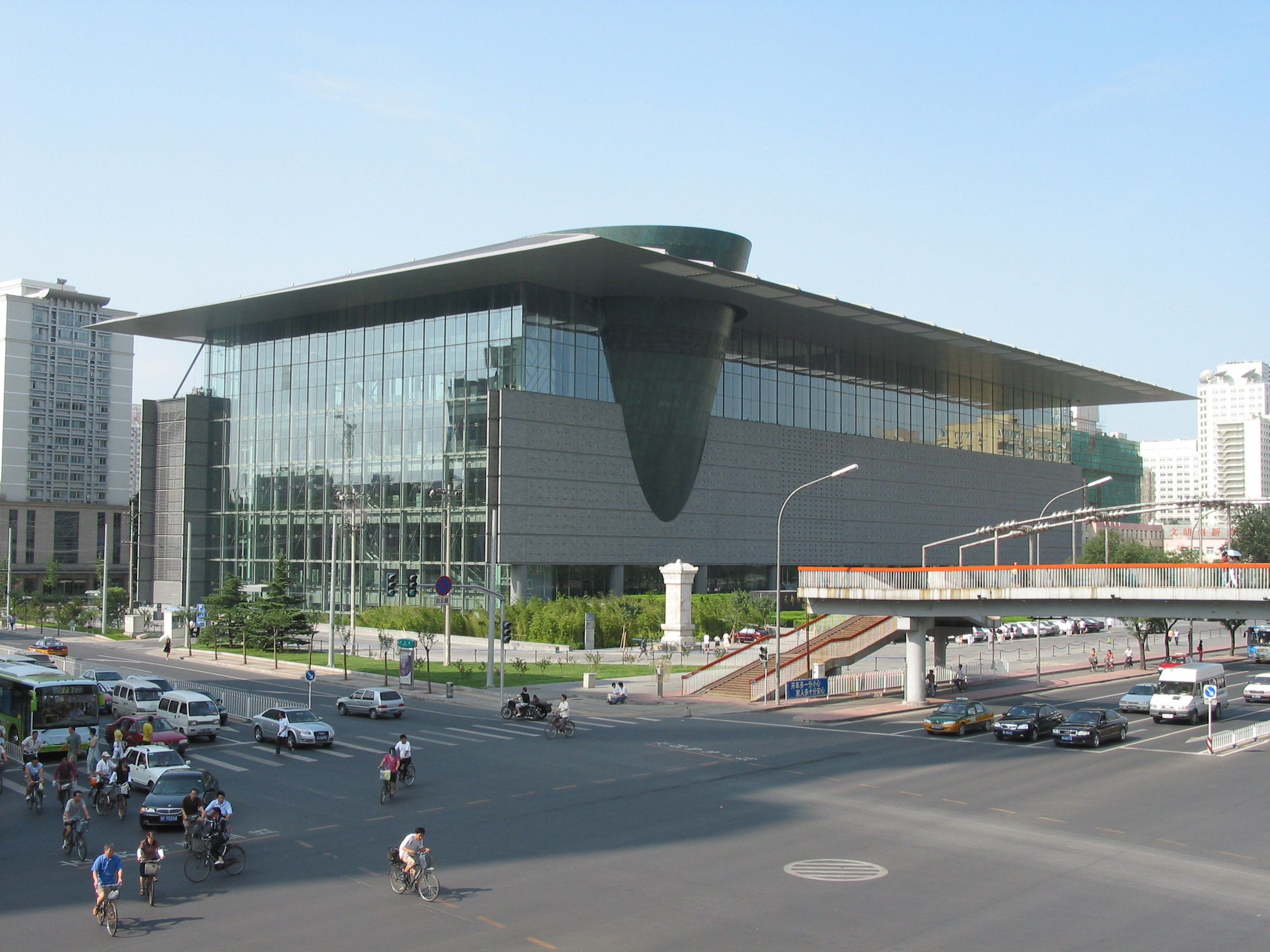|
Beijing Hanhai
Beijing Hanhai (), officially the Beijing Hanhai Auction Co., Ltd, is an auction house located in Beijing. Established in 1994, after the Chinese government began allowing the auction of relics, it grew under the management of Qin Gong to become one of the country's largest auction houses by 2003. In 2011, it became the world's seventh-largest art auctioneer by reported sales, though it has since been surpassed. The company has sold paintings, calligraphic works, and pottery, as well as Buddha statues. Notable sales have included Zhang Xian's ''Pictures of Ten Poems'' ( US$2 million, 1996) and Xu Beihong's ''Ba People Fetching Water'' ( ¥171 million, or US$, 2011). History Background Although international auction houses such as Christie's and Sotheby's have operated in Hong Kong, the first art auction in mainland China occurred in 1992. Previously impossible under laws protecting cultural relics, the Beijing International Auction was sponsored by the Beijing Municipal Cultura ... [...More Info...] [...Related Items...] OR: [Wikipedia] [Google] [Baidu] |
Auction
An auction is usually a process of Trade, buying and selling Good (economics), goods or Service (economics), services by offering them up for Bidding, bids, taking bids, and then selling the item to the highest bidder or buying the item from the lowest bidder. Some exceptions to this definition exist and are described in the section about different #Types, types. The branch of economic theory dealing with auction types and participants' behavior in auctions is called auction theory. The open ascending price auction is arguably the most common form of auction and has been used throughout history. Participants bid openly against one another, with each subsequent bid being higher than the previous bid. An auctioneer may announce prices, while bidders submit bids vocally or electronically. Auctions are applied for trade in diverse #Contexts, contexts. These contexts include antiques, Art auction, paintings, rare collectibles, expensive wine auction, wines, commodity, commodities, l ... [...More Info...] [...Related Items...] OR: [Wikipedia] [Google] [Baidu] |
Chen Xitong
Chen Xitong (; June 10, 1930 – June 2, 2013) was a member of the Politburo of the Chinese Communist Party and the Mayor of Beijing until he was removed from office on charges of corruption in 1995. Early life Chen was born on June 10, 1930, in Anyue, Sichuan Province. He attended Peking University at the age of 18 and majored in Chinese Language. He joined the Chinese Communist Party in 1949. Political career By November 1979 when he had been elected as the vice-mayor of Beijing Municipality, he had served as the leader of a neighborhood committee, deputy head of a police substation, head of a factory workshop, secretary to Liu Ren (Beijing Municipality Communist Party 2nd Secretary), deputy head of a rural commune and Party Secretary of Changping County of Beijing. He was demoted during the Cultural Revolution and forced to clean toilets for some time. His early support for Deng Xiaoping led to his return to the Beijing Party office in 1979. By 1982, he was the Secret ... [...More Info...] [...Related Items...] OR: [Wikipedia] [Google] [Baidu] |
Huaisu
250px, One of Huai Su's surviving works Huaisu (, 737–799), courtesy name Zangzhen (), was a Buddhist monk and calligrapher of the Tang dynasty, famous for his cursive calligraphy. Fewer than 10 pieces of his works have survived. One of his representative works is Huai Su's Autobiography. He was born in Lingling, Yongzhou, Hunan. Not much is known of his early life. His secular surname may have been Qian (). It is possible that Huaisu was a nephew of the poet Qian Qi (). He became a monk in his childhood, apparently out of poverty. Legend has it that he planted banana trees (or any genus of trees under Musaceae) in the courtyard of the temple where he lived and used the leaves as paper to practice his art.His contemporary Lu Yu wrote in his ''Life of the monk Huaisu'' (僧懷素傳): "He was broke and had no paper for writing. So he planted tens of thousands of banana trees in his hometown o obtain leavesto practice his art (貧無紙可書,嘗於故里種芭蕉萬� ... [...More Info...] [...Related Items...] OR: [Wikipedia] [Google] [Baidu] |
Cultural Revolution
The Cultural Revolution, formally known as the Great Proletarian Cultural Revolution, was a Social movement, sociopolitical movement in the China, People's Republic of China (PRC). It was launched by Mao Zedong in 1966 and lasted until his death in 1976. Its stated goal was to preserve Ideology of the Chinese Communist Party, Chinese socialism by purging remnants of Capitalism, capitalist and Four Olds, traditional elements from Chinese culture, Chinese society. In May 1966, with the help of the Cultural Revolution Group, Mao launched the Revolution and said that Bourgeoisie, bourgeois elements had infiltrated the government and society with the aim of restoring capitalism. Mao called on young people to Bombard the Headquarters, bombard the headquarters, and proclaimed that "to rebel is justified". Mass upheaval began in Beijing with Red August in 1966. Many young people, mainly students, responded by forming Cadre system of the Chinese Communist Party, cadres of Red Guards th ... [...More Info...] [...Related Items...] OR: [Wikipedia] [Google] [Baidu] |
China Printing Museum
The China Printing Museum () is a public museum dedicated to printing, located in Beijing, China. Established in 1996, the China Printing Plate Museum is the largest museum on printing in the world. The China Printing Museum displays the invention and evolution of Chinese printing. The museum has collected many collections of printing equipment, printed manuscripts, ceramics and other exhibits. It is situated inside the campus at Qingyuanlu Station of subway line 4, in Daxing District, Beijing. Gallery Beijing.printing.museum-Henan.Anyang.Jiaguwen.jpg, Oracle bone script, Shang dynasty (16th — 11th century B.C.) unearthed at the capital of Yin (modern Anyang, Henan Province). China Printing Museum.etapes de fabrication papier riz.jpg, Steps to make rice paper, from rice straw to paper sheet. Beijing printing museum.Warring states brush.jpg, Pencil brush from the Warring States period. Beijing.Musee imprimerie.caracteres mobiles.Bisheng.jpg, Rebuild of Bi Sheng (, 11th centu ... [...More Info...] [...Related Items...] OR: [Wikipedia] [Google] [Baidu] |
Beijing Capital Museum
The Capital Museum () is an art museum in Beijing, China. It opened in 1981 and moved into its present building in 2006, which houses a large collection of ancient porcelain, bronze, calligraphy, painting, jade, sculpture, and Buddhist statues from imperial China as well as other Asian cultures Part of the museum's collections were formerly housed in the Confucius Temple on Guozijian Road in Beijing. Overview The Beijing Capital Museum today contains over 200,000 cultural relics in its collection. . Only a small fraction of the collection is exhibited, and a significant percentage of the museum's art collection comprises artifacts unearthed in Beijing. The Capital Museum was established in 1981 with a collection of some 83,000 objects. Although the museum pales in ... [...More Info...] [...Related Items...] OR: [Wikipedia] [Google] [Baidu] |
Beijing Library
Beijing Library (北京城市图书馆) is located north of the Central Green Forest Park in Tongzhou, Beijing, Tongzhou, Beijing, and is one of the three major buildings in the Beijing Municipal Administrative Center. It was completed and opened on December 27, 2023, forming the "One Library, Three Locations" pattern with the Hua Wei Qiao branch and the Daxing Airport branch of Capital Library. The Library houses functional areas such as ancient literature and documents, intangible cultural heritage, open-stack reading areas, smart libraries, and lecture halls, providing reading and learning facilities. Structure The total building area of Beijing Library is approximately 75,000 square meters. The design concept is derived from the traditional Chinese cultural symbol "Red Seal." From a high altitude, the square and red architectural shape resembles a jade seal imprinting on the scroll of Central Green Forest Park. From the interior looking up, various-shaped ginkgo leaves crea ... [...More Info...] [...Related Items...] OR: [Wikipedia] [Google] [Baidu] |
National Museum Of China
The National Museum of China is an art museum, art and history museum located on the eastern side of Tiananmen Square in Beijing. The National Museum of China has a total construction area of about 200,000 square meters, a collection of more than 1.4 million items, and 48 exhibition halls. It is the museum with the largest single building area in the world and the museum with the richest collection of Chinese cultural relics. It is a level-1 public welfare institution funded by the Ministry of Culture and Tourism (China), Ministry of Culture and Tourism. History The current form of the legal entity of the museum was established in 2003 by the merger of the two museums that had occupied the same building since 1959: the Museum of the Chinese Revolution in the northern wing (originating in the Office of the National Museum of the Revolution founded in 1950 to preserve the legacy of the Chinese Revolution (1949), 1949 revolution) and the National Museum of Chinese History in the sou ... [...More Info...] [...Related Items...] OR: [Wikipedia] [Google] [Baidu] |
Pu Yi
Puyi (7 February 190617 October 1967) was the final emperor of China, reigning as the eleventh monarch of the Qing dynasty from 1908 to 1912. When the Guangxu Emperor died without an heir, Empress Dowager Cixi picked his nephew Puyi, aged two, to succeed him as the Xuantong Emperor. Puyi's father, Zaifeng, Prince Chun, served as regent before Puyi was forced to abdicate as a result of the Xinhai Revolution, which ended two millennia of imperial rule and established the Republic of China. The Empress Dowager Longyu signed the Imperial Edict of the Abdication of the Qing Emperor on Puyi's behalf, and in return the royal family was offered the Articles of Favorable Treatment, which allowed him to retain his imperial title and continue to live in the Forbidden City. From 1 to 12 July 1917, Puyi was briefly restored to the Qing throne by the loyalist general Zhang Xun. In 1924, he was expelled from the capital by warlord Feng Yuxiang after a coup, after which he found refuge ... [...More Info...] [...Related Items...] OR: [Wikipedia] [Google] [Baidu] |




